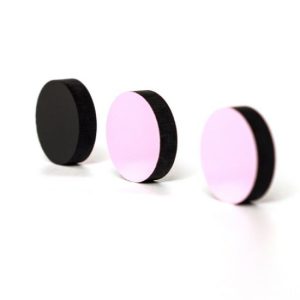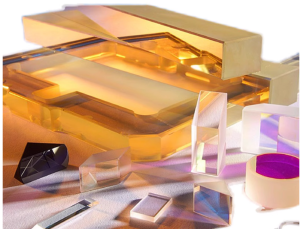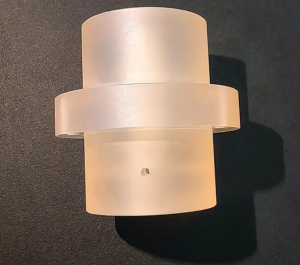Biometric filters are widely used in facial recognition and biometric recognition equipment. Biometric filters are a subcategory of narrowband filters, with main optical parameters and classifications similar to those of narrowband filters. The biometric filter allows light signals to pass through a specific band, while the light signals on both sides outside of this band are blocked. The passband of the biometric filter is relatively narrow, usually less than 5% of the central wavelength value.

Biological recognition filter products are mainly classified by filter band, filter spectral characteristics, filter film material, filter application characteristics, and other methods.
Band pass filter: Light passing through the selected band is cut off by light outside the band. Its optical indicators mainly include center wavelength (CWL) and half bandwidth (FWHM).
Short wave pass filter: Light shorter than the selected wavelength passes through and light longer than that wavelength is cut off. For example, infrared cutoff filter, shortwave pass filter SP700nm filter.
Long wave pass filter: Light longer than the selected wavelength passes through and light shorter than that wavelength is cut off, such as infrared pass filter and long wave pass filter LP780nm filter.
Divided by spectral band: UV filter, visible filter, infrared filter, biometric filter
Divided according to spectral characteristics: bandpass filter, cut-off filter, spectral filter, neutral density filter;
Divided by film material: soft film filter, hard film filter;
The main parameters related to biometric filters include: center wavelength, half height width (bandwidth), peak transmittance, cutoff range, cutoff depth (○ D value), etc
Center wavelength: The center wavelength of a biometric filter is similar to the working wavelength of an instrument or device, and the center wavelength refers to the wavelength at the center of the passband
Half width (bandwidth): Bandwidth refers to the distance between two positions in the passband where the transmittance is half of the peak transmittance, sometimes also known as half width
Peak transmittance: The highest transmittance of a biometric filter in the passband
Cutoff range: The cutoff range refers to the wavelength range required to be cut off, except for the passband. For biometric filters, there is a short cutoff and another cutoff wavelength that is higher than the center wavelength;
Cutoff depth (OD value): The cutoff depth refers to the maximum allowable transmittance of light in the cutoff band. Different application systems have different requirements for cut-off depth
Uses of filters: 3D face recognition, iris recognition, gesture recognition, machine vision, biochemical analysis, optical instrument, spectral measurement and other fields.
Characteristics of the filter: Single chip type without bonding, long service life, precise wavelength positioning, ion evaporation plating, small temperature drift, high transmittance, and high cutoff depth.



